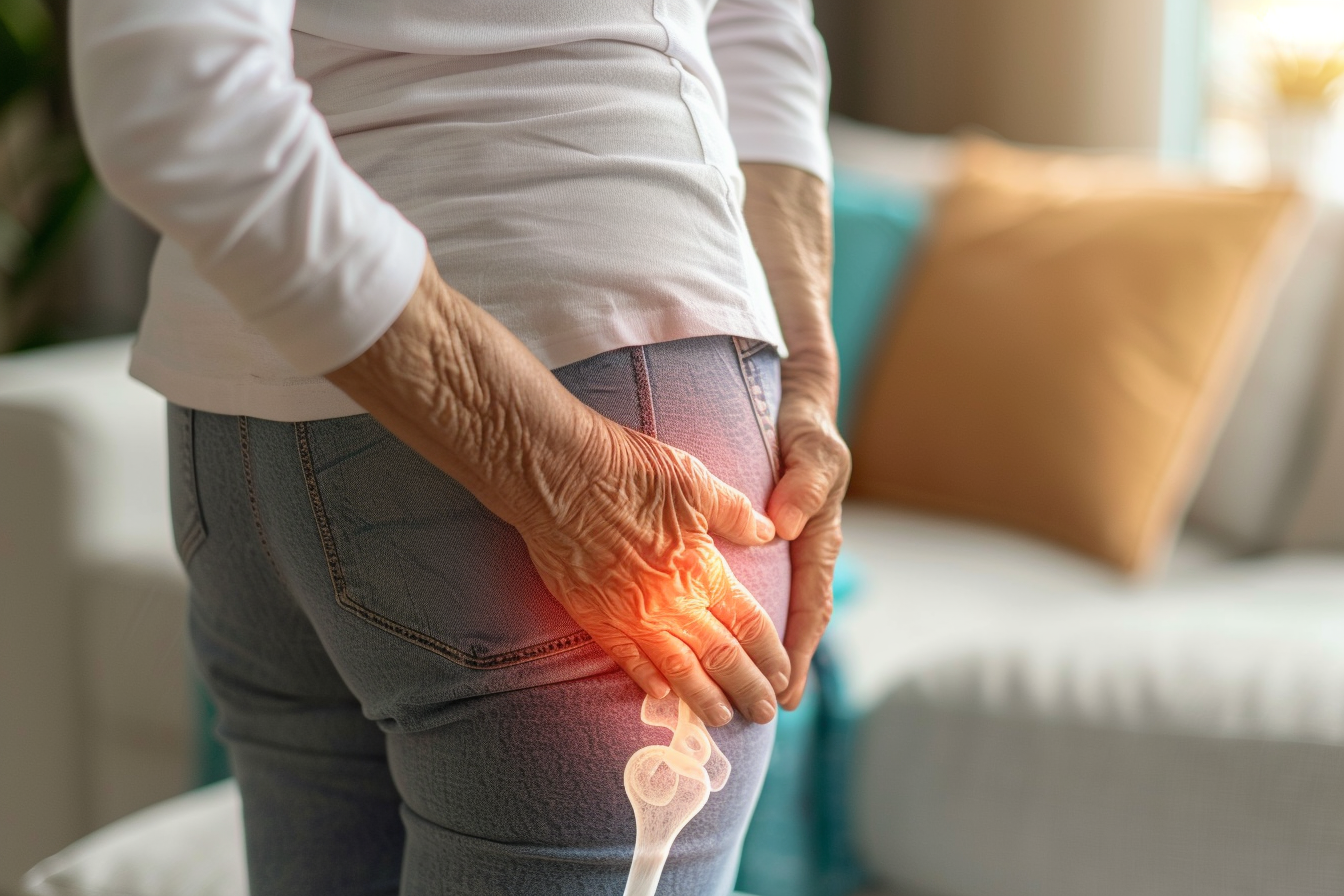7 Key Symptoms That May Indicate Knee Osteoarthritis
Knee osteoarthritis is a degenerative joint condition that affects millions of Americans, particularly those over 50. As cartilage—the cushioning material between bones—wears away, the resulting bone-on-bone contact leads to pain, stiffness, and reduced mobility. Recognizing the early signs of knee osteoarthritis can lead to prompt intervention, potentially slowing progression and improving quality of life. This article explores the seven key symptoms that may indicate you're developing this common joint condition.

Pain That Worsens with Activity
The most common and recognizable symptom of knee osteoarthritis is pain that intensifies with movement and activity. Unlike acute injuries, osteoarthritis pain typically builds gradually throughout the day as you use your knee. Many patients report that pain is most noticeable when climbing stairs, walking distances, or rising from a seated position. The discomfort often subsides with rest, particularly in early stages of the condition. As the disease progresses, however, pain may become more persistent, occurring even during periods of inactivity or disturbing sleep. This pain pattern—worsening with use and improving with rest—represents the hallmark inflammatory response when damaged joint surfaces interact.
Morning Stiffness and Difficulty Getting Started
A telltale sign of knee osteoarthritis is morning stiffness or a sensation of the knee being “stuck” after periods of inactivity. This symptom, often described as “gel phenomenon,” typically lasts less than 30 minutes but can make those first steps after waking particularly challenging. Unlike rheumatoid arthritis, where morning stiffness may persist for hours, osteoarthritis stiffness generally improves once the joint “warms up” with gentle movement. However, the stiffness may return after sitting for extended periods, such as during a long car ride or while watching a movie. This temporary immobility results from increased joint fluid viscosity and minor inflammatory processes that occur during periods of rest.
Swelling and Fluid Accumulation
When knee osteoarthritis develops, the body often responds with inflammation, leading to visible swelling around the joint. This swelling, medically termed effusion, occurs when the synovial membrane (the tissue lining the joint) produces excess fluid in response to cartilage breakdown. Patients may notice their knee appears larger than normal or feels tight and full, particularly after activities that stress the joint. Some describe the sensation as the knee feeling “water-logged” or puffy. This swelling may fluctuate, worsening after activity and improving with elevation and rest. Persistent or severe swelling should prompt medical evaluation as it can indicate significant inflammation within the joint.
Grinding, Popping, or Cracking Sensations
Many people with knee osteoarthritis experience crepitus—the medical term for a grinding, popping, or cracking sensation in the joint during movement. These noises occur when roughened cartilage surfaces rub against each other or when loose fragments of cartilage interfere with smooth joint motion. While occasional joint noises can be normal, consistent or painful crepitus often signals cartilage deterioration. Some patients report feeling or hearing a grating sensation when extending or flexing their knee, particularly when climbing stairs or squatting. This symptom often progresses as cartilage continues to wear down, eventually leading to bone-on-bone contact that produces more pronounced grinding sensations.
Decreased Range of Motion
As knee osteoarthritis advances, many patients notice a gradual reduction in how far they can bend or straighten their knee. This decreased range of motion develops for several reasons, including pain that limits movement, joint surface changes, muscle tightness, and occasionally bone spurs that physically block motion. You might notice difficulty fully straightening your leg or challenges with deep knee bends that were previously manageable. Some patients compensate by developing an altered walking pattern or gait. This limitation can significantly impact daily activities such as putting on shoes and socks, getting in and out of cars, or navigating stairs. Regular movement within a comfortable range helps maintain joint flexibility and can slow progressive stiffening.
Joint Instability or Buckling
Another concerning symptom of knee osteoarthritis is the sensation that the knee might give way or buckle during weight-bearing activities. This instability occurs as the joint structures—including cartilage, ligaments, and the joint capsule—deteriorate over time. The knee may feel temporarily unreliable or weak, particularly when pivoting, turning, or navigating uneven surfaces. Some patients report their knee “gives out” unexpectedly, creating fall risks and decreasing confidence in mobility. This symptom often leads to psychological effects, including fear of falling and activity avoidance. Joint instability typically worsens as the condition progresses and surrounding muscles weaken from disuse or pain-related inhibition.
Changes in Knee Appearance
Advanced knee osteoarthritis often causes visible changes to the knee’s appearance. As cartilage erodes unevenly and bone remodels in response to altered forces, the knee may develop an enlarged or misshapen appearance. Common visual changes include angular deformities like bowleg (varus) or knock-knee (valgus) alignments. You might notice your knees no longer appear symmetrical when standing, or that one leg seems slightly shorter than the other. Some patients develop bony enlargements called osteophytes or bone spurs that may be visible or palpable around joint margins. These structural changes reflect the body’s attempt to stabilize the deteriorating joint but often lead to further pain and functional limitations.
Treatment Options for Knee Osteoarthritis
While knee osteoarthritis cannot be cured, various treatments can effectively manage symptoms and improve quality of life. Treatment typically follows a progressive approach, beginning with conservative measures like weight management, physical therapy, and activity modification. Medications—including over-the-counter pain relievers, prescription anti-inflammatories, and occasionally corticosteroid injections—help control pain and inflammation. More advanced cases may benefit from viscosupplementation, regenerative medicine approaches, or assistive devices like braces or canes.
For severe, treatment-resistant cases, surgical interventions ranging from arthroscopic procedures to partial or total knee replacement may be recommended. The optimal treatment plan varies by individual, considering factors like age, activity level, symptom severity, and overall health. Early intervention typically leads to better outcomes, highlighting the importance of recognizing these seven key symptoms promptly.
This article is for informational purposes only and should not be considered medical advice. Please consult a qualified healthcare professional for personalized guidance and treatment.




